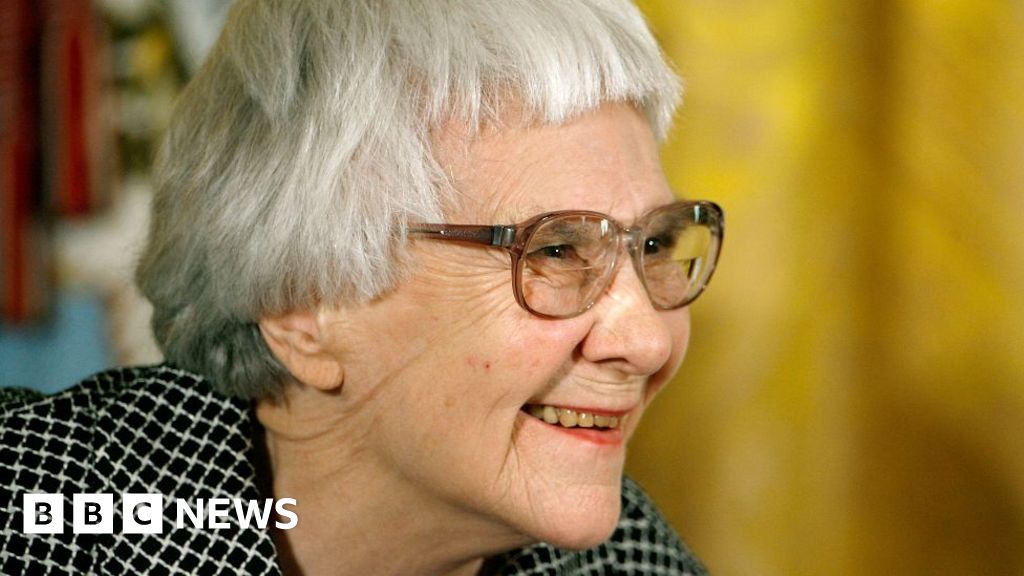A groundbreaking discovery in the heart of Western Australia is poised to rewrite the future of the global iron ore market. Geologists have uncovered the largest known iron deposit in the world—located in the Pilbara region—estimated to be worth an astounding $6 trillion. This extraordinary find, reported in the journal Proceedings of the National Academy of Sciences by a team of researchers from Curtin University, is not only a monumental economic breakthrough but also a challenge to our understanding of Earth’s geological history.
A Discovery That Dwarfs Expectations
The Pilbara region is no stranger to mineral wealth, with its rich history of iron ore production dating back decades. Yet, this latest discovery has stunned even the most seasoned geologists. The newly uncovered deposit contains around 55 billion metric tons of ore with iron concentrations exceeding 60 percent—far surpassing previous estimates that pegged the region’s iron content at around 30 percent.
The sheer scale of this deposit, which could fuel iron production for generations, marks a turning point for the mining industry. “The size and quality of this deposit are beyond anything we’ve encountered,” said Dr. Liam Courtney-Davis, one of the lead researchers involved in the study. “We’re looking at an ore body that will dramatically alter the way we view global iron production and trade.”


Challenging Long-Held Geological Assumptions
What makes this discovery even more remarkable is its potential to reshape our understanding of Earth’s geological history. For decades, scientists believed the iron ore formations in the Pilbara region were roughly 2.2 billion years old.
However, using advanced isotopic analysis, the research team has revised the age of the deposit to about 1.4 billion years. This shift is significant, not just for its historical implications, but for the new insight it offers into how ancient supercontinent cycles may have influenced the formation of mineral deposits on Earth.
Associate Professor Martin Danisík, a geochronologist involved in the research, explained that the link between the giant iron ore deposits and movements of Earth’s crust millions of years ago “improves our understanding of ancient geological processes.” This finding challenges existing theories and opens up new avenues of exploration in the field of Earth sciences.


How Modern Technology Uncovered Hidden Riches
The extraordinary size and quality of the iron ore deposit were made possible by the latest advances in technology. Traditional methods of dating and analysis had failed to reveal the full potential of the Pilbara region. However, the application of cutting-edge isotopic dating and chemical analyses has allowed the research team to peer deeper into the Earth’s layers, revealing not only the deposit’s true size but its exceptional iron content.
The high iron concentration, now confirmed to be over 60 percent, positions this deposit as one of the richest in the world. Dr. Courtney-Davis pointed out that these new technologies don’t just offer academic insights—they could also pave the way for more efficient and environmentally responsible mining techniques, reducing waste and improving extraction methods in the future.
Impacting Global Trade and the Economy
Beyond its geological and scientific significance, the discovery is set to have major economic implications. Australia, already one of the world’s leading iron ore producers, will likely strengthen its position on the global stage. As one of the largest sources of iron ore, this new deposit could shift global supply dynamics, particularly affecting countries like China that are heavily dependent on Australian imports.
With the potential to supply iron ore for decades—if not centuries—the discovery will have far-reaching effects on iron prices and trade relations. The deposit could even alter the strategic calculations of governments and companies involved in the mining sector. If commercialized successfully, it will undoubtedly become a cornerstone of global iron production.
Source link

